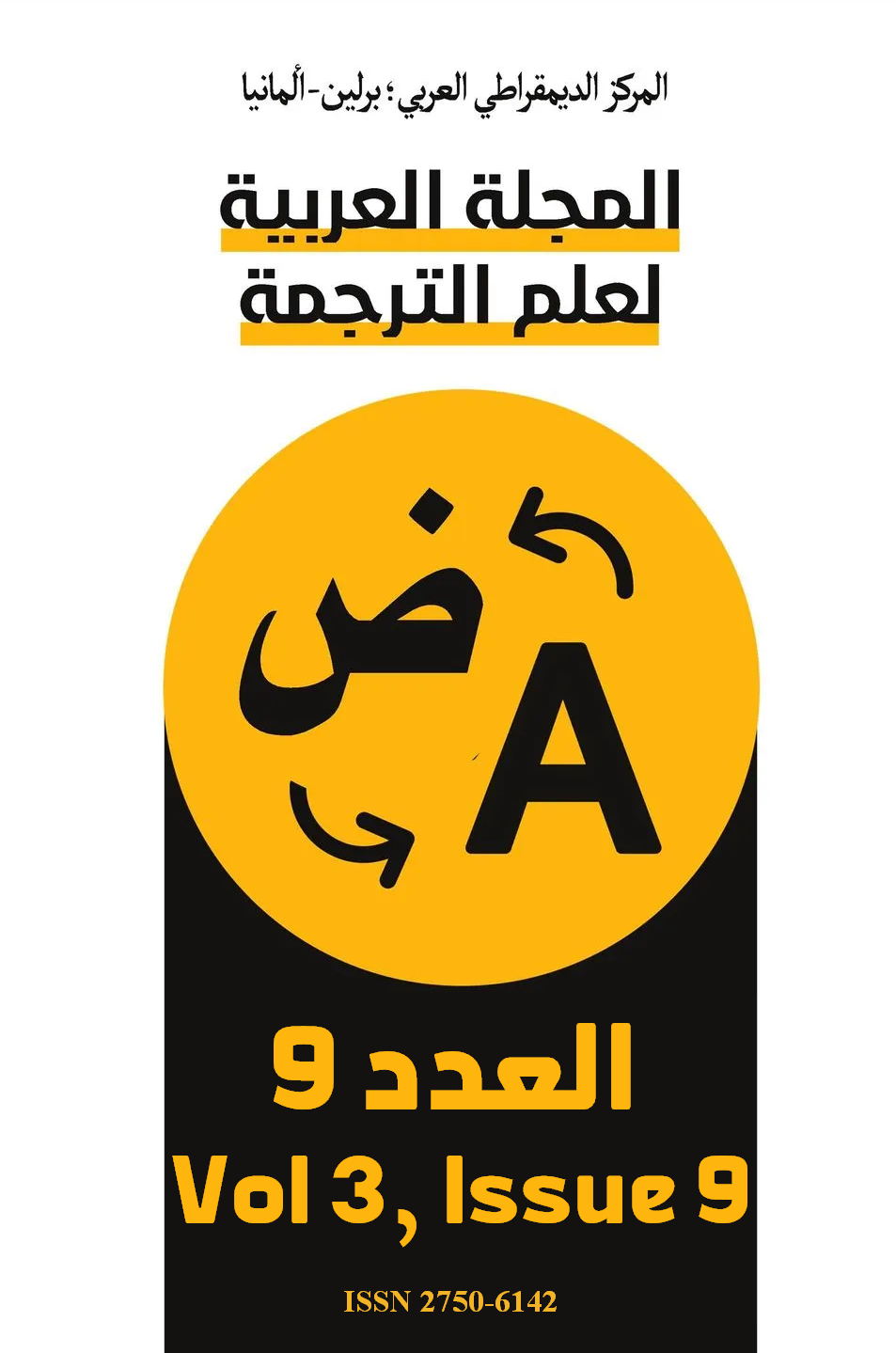Teaching Arabic to Francophones: Contrastive study of phonetics and syntax between Arabic and French
DOI:
https://doi.org/10.63939/AJTS.0wy3e451Keywords:
Language, Contrastive Linguistics, Contrastive Approach, TranslationAbstract
Objectives: We will study language problems by teaching Arabic to non-native speakers (the French-speaking students as a model), and we will try to find practical solutions to language problems in these students through: "contrastive linguistics". We will focus our research on the phonetic and syntactic levels.
Methods: This research is based on the "contractive approach" between the languages: Arabic and French, two languages that do not have the same linguistic root. Arabic is a Sami language, and French is an Indo-European language. And we know that every language is bound by grammatical laws which make it totally different from this second language. Therefore, the student can only stimulate the new language (Arabic) through a contractive approach, which we can find in translation studies. Therefore, these studies can be useful in the education of the Arabic language to non-native speakers.
Results: Finally, we come to conclusions and practical solutions by which non-native speakers can learn Arabic easily. The contracting process between the student’s mother tongue and the Arabic language will have a significant impact on the education of the new language, especially when defining vocal or syntactic linguistic problems, and the resolution of these problems through the contrastive approach.
Conclusions: This research highlights the important role that "contrastive linguistics" plays in language teaching in general. One can speak of a "contrastive curriculum", which corresponds to the requirements of the learner and his knowledge of his mother tongue (the French language), and which adapts to personal acquisitions to grammatical rules acquired in advance. The "contrastive curriculum" has an important role in teaching Arabic to non-native speakers. It is an approach that helps to adopt appropriate strategies to achieve the overall goals of the Arabic language teaching process. From there, several oral and/or written problems arise, which we have tried to study to arrive at practical solutions.
Downloads
References
القرآن الكريم. (2015). رواية ورش عن نافع. (ط6). المغرب: مطبعة فضالة
باي، ماريو. (1998). أسس علم اللغة؛ المجلد 8 (ترجمة أحمد مختار). مصر: عالم الكتب
حسان، تمام. (1994). اللغة العربية معناها ومبناها. المغرب: دار الثقافة
محمد قدور، أحمد. (2008). مبادئ اللسانيات. سوريا: دار الفكر
ولكنز، ديفيد. (1984). اللغات الثانية: كيف نتعلمها ونعلمها. (محي الدين حميدي، المترجمون. السعودية: النشر العلمي والمطابع جامعة الملك سعود
Ladmiral, J. R. (2010). Sur le discours meta-traductif de la traductologie. The journal Meta, 55, 6. Retrieved from https://id.erudit.org/iderudit/039597ar DOI: https://doi.org/10.7202/039597ar
Vigner, G. (2019). Les exercices de langage : du Plan d’Études et programmes de l’enseignement des indigènes en Algérie au Bulletin de l’enseignement des indigènes de l’académie d’Alger (1893-1914). Documents pour l’histoire du français langue étrangère ou seconde, (62-63), 403-428. Retrieved from https://doi.org/10.4000/dhfles.6826 DOI: https://doi.org/10.4000/dhfles.6826
---
Romanization of Arabic Bibliography
---
Quran. (2015). Riwayat Warsh ‘an Nafi’ [Version Warsh From Nafii]. Morocco: Fdala Printing
Pei, M. (1998). Usus ‘ilm al-lughah; al-mujallad al-thāmin [Foundations of Linguistics; Volume 8] (Ahmed Mukhtar, Trans). Egypt: ‘alam Al Kutub
Hassane, T. (1994). Al-Lugha Al ‘arabiyya Ma’naha Wa Mabnaha [Arabic language Meaning and construction]. Morocco: Dar Attaqafa
Mohamed, Q. A. (2008). Mabadi’ Allisaniyat [Principles of linguistics]. Syria: Dar El Fikr
Wilkins, D. (2020). Allughat Taniya Kayfa Nata’allamuha Wa Nu’alimuha [Second Languages, How to Learn and Teach it]. Saudi Arabia: Scientific publication and printing by King Saud University
Downloads
Published
Issue
Section
License

This work is licensed under a Creative Commons Attribution-NonCommercial 4.0 International License.
As an open-access the journal follows the CC BY-NC 4.0 Attribution-NonCommercial 4.0 International which states that:
- you are free to:
- Share— copy and redistribute the material in any medium or format.
- Adapt— remix, transform, and build upon the material.
- Under the following terms:
- Attribution— You must give appropriate credit, provide a link to the license, and indicate if changes were made. You may do so in any reasonable manner, but not in any way that suggests the licensor endorses you or your use.
- NonCommercial — You may not use the material for commercial purposes.
- No additional restrictions — You may not apply legal terms or technological measures that legally restrict others from doing anything the license permits.












